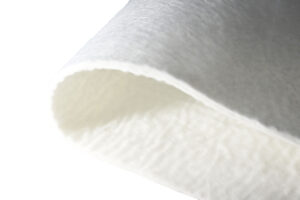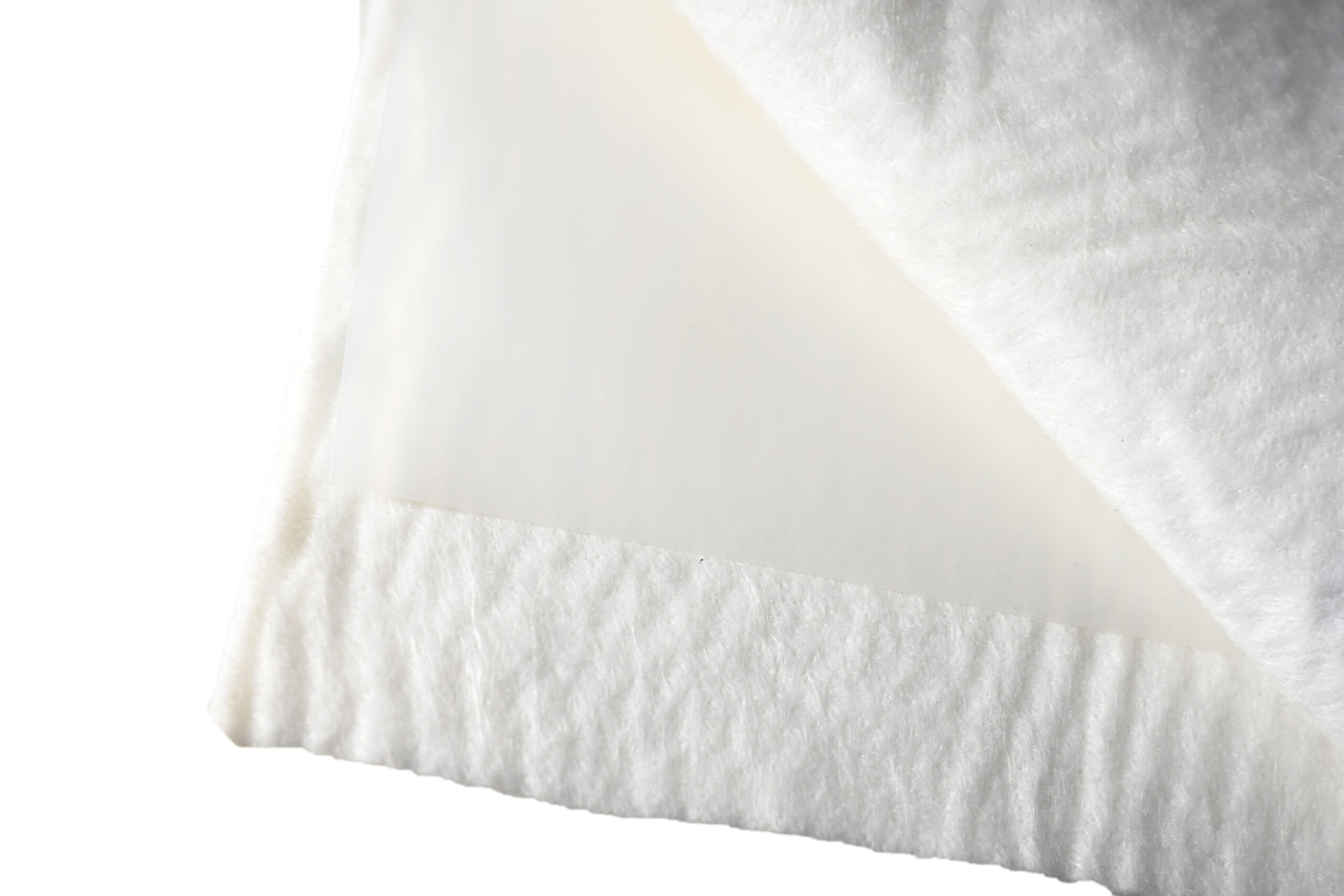Geotextiles are inorganic materials made from synthetic or natural fibers and are commonly used in fields such as civil engineering, environmental engineering, and land improvement.
Six advantages of geotextiles
Filtration performance: Geotextiles have good filtration performance, which can effectively prevent the loss of soil particles while allowing water and other fluids to pass through. By choosing different types of geotextiles and pore sizes, it can meet the filtration requirements of different engineering projects and prevent soil erosion and sediment accumulation.
Reinforcement and load distribution: Geotextiles can form a uniformly distributed reinforcement layer in the soil, and increase the tensile strength and shear strength of the soil by dispersing and bearing loads. This enhancement effect can effectively reduce the settlement and deformation of the soil, and improve the stability and bearing capacity of the soil.
Isolation and prevention of leakage: Geotextiles can be used to isolate different layers of soil or materials to prevent mixing and cross-seepage between them. For example, in road works, geotextiles can prevent mixing and contamination between base and superimposed materials.

Drainage properties: Some geotextiles have good drainage properties, which can help quickly remove moisture from the soil, preventing problems caused by moisture accumulation and infiltration. This has important implications for maintaining soil stability, reducing hydrological stress, and even preventing groundwater from rising.
Chemical corrosion resistance: Geotextiles can withstand a certain degree of chemical corrosion and can be used stably for a long time under different environmental conditions. This allows geotextiles to adapt to a variety of engineered environments, including chemical plants, landfills and agricultural sites, among others.
Convenient construction and maintenance: Geotextiles can be customized and cut according to needs, and are easy to install and handle. They can be used in combination with other materials, such as soil, concrete and rock, to improve engineering efficiency and reduce maintenance and restoration costs.
To sum up, geotextiles have a wide range of applications in civil engineering and environmental engineering, and their advantages are obvious. They play an important role in protecting the environment, improving project stability and prolonging project life.
Author
-

Founded in 2002, Tinhy's team focuses on the manufacturing, marketing, installation, application and research and development of geosynthetic materials.
View all posts




